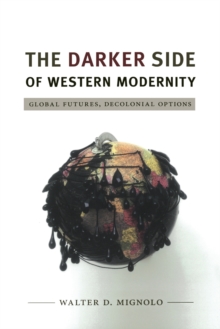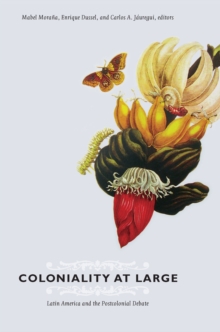
The Cord Keepers : Khipus and Cultural Life in a Peruvian Village PDF
by Salomon Frank L. Salomon
Part of the Latin America Otherwise series
Description
In 1994, Salomon witnessed the use of khipus as civic regalia on the heights of Tupicocha, in Peru's central Huarochiri region. By observing the rich ritual surrounding them, studying the village's written records from past centuries, and analyzing the khipus themselves, Salomon opens a fresh chapter in the quest for khipu decipherment. He draws on a decade's field research, early colonial records, and radiocarbon and fiber analysis. Challenging the prevailing idea that the use of khipus ended under early Spanish colonial rule, Salomon reveals that these beautiful objects served, apparently as late as the early twentieth century, to document households' contribution to their kin groups and these kin groups' contribution to their village. The Cord Keepers is a major contribution to Andean history and, more broadly, to understandings of writing and literacy.
Information
-
Download - Immediately Available
- Format:PDF
- Pages:368 pages
- Publisher:Duke University Press
- Publication Date:29/10/2004
- Category:
- ISBN:9780822386179
Information
-
Download - Immediately Available
- Format:PDF
- Pages:368 pages
- Publisher:Duke University Press
- Publication Date:29/10/2004
- Category:
- ISBN:9780822386179










